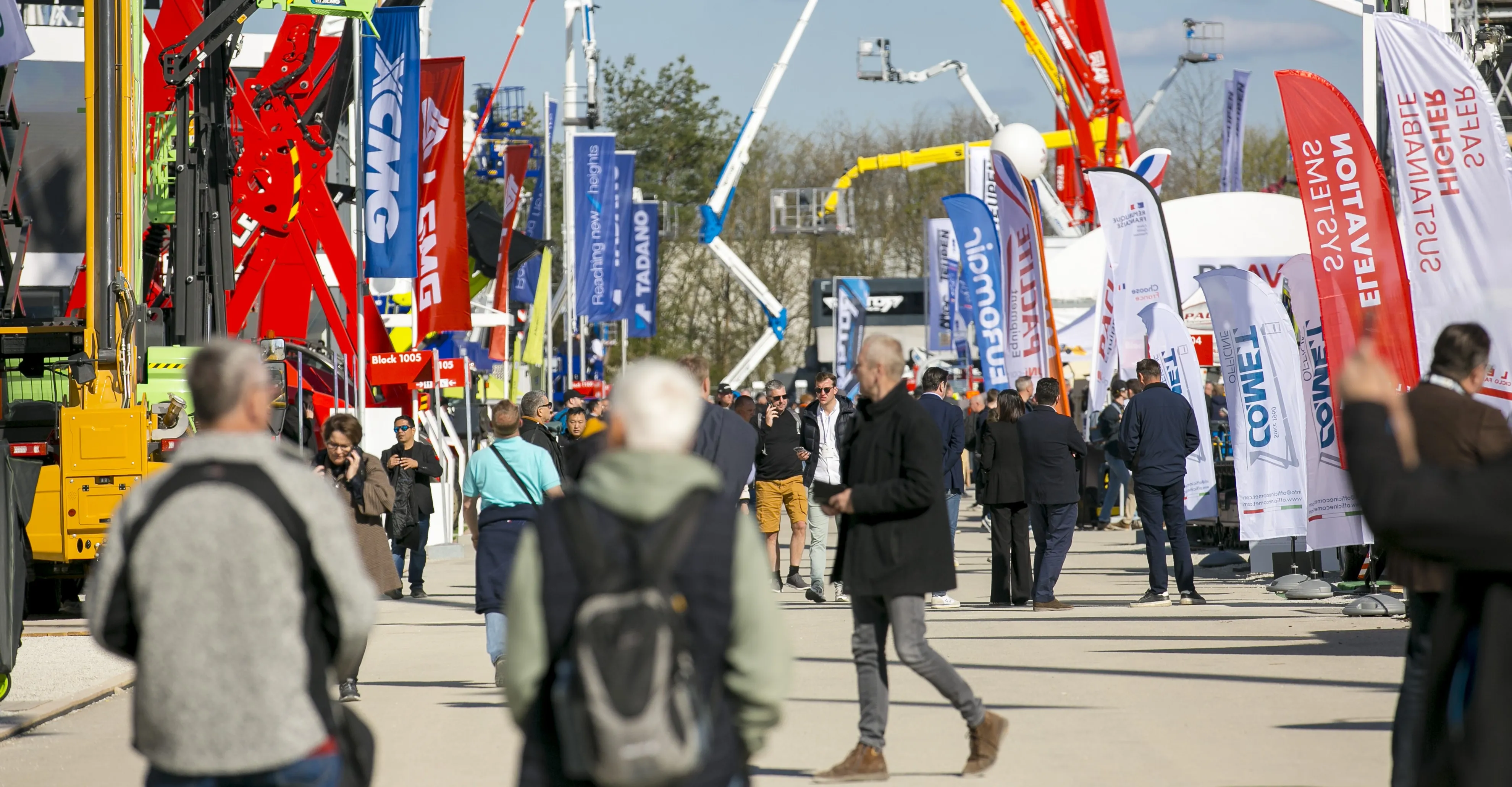The significance of this year’s Bauma China exhibition in Shanghai has been highlighted by new figures showing that China invested US$220.27 billion (RMB 1.346 trillion) in civil engineering and infrastructure projects in the first six months of 2013 – with the National Bureau of Statistics of China claiming a year-on-year increase of more than 21%.
The largest share of H1 2013 investment went into road-building, with Bernd Schaaf of Germany Trade & Invest (GTAI), Germany’s economic development agency, rep
January 6, 2014
Read time: 2 mins
The significance of this year’s 5930 Bauma China exhibition in Shanghai has been highlighted by new figures showing that China invested US$220.27 billion (RMB 1.346 trillion) in civil engineering and infrastructure projects in the first six months of 2013 – with the National Bureau of Statistics of China claiming a year-on-year increase of more than 21%.
The largest share of H1 2013 investment went into road-building, with Bernd Schaaf of5443 Germany Trade & Invest (GTAI), Germany’s economic development agency, reporting that highway construction was “increasingly concentrating in the west of the country". This is said by Schaaf to be precisely in line with the 2719 Chinese Government’s long-term plan for promoting economic growth in the hinterland, away from the already booming coastal region in the east, in order to reduce the wide disparities between the urban and rural communities. "Huge investment in transport and infrastructure is needed if this is to be achieved," he added.
According to the current Five Year plan, up to 65,000km of new roads will be built in China by 2015. Additionally, in the same period, 30,000km of new railway tracks will be laid around the country courtesy of a $458.23 billion (RMB 2.8 trillion) investment. Building new airports is also on the agenda: GTAI’s current economic report (dated October 2013) reveals that investment here in the first six months of 2013 has risen in comparison to the same period in 2012 by almost 27%, to $8.67 billion (RMB 53 billion).
Being held 25-28 November 2014 over an area covering 300,000m² at the Shanghai New International Expo Centre, Bauma China is a leading international trade fair showcasing cutting-edge construction machinery, building material machines, construction vehicles and equipment.
The largest share of H1 2013 investment went into road-building, with Bernd Schaaf of
According to the current Five Year plan, up to 65,000km of new roads will be built in China by 2015. Additionally, in the same period, 30,000km of new railway tracks will be laid around the country courtesy of a $458.23 billion (RMB 2.8 trillion) investment. Building new airports is also on the agenda: GTAI’s current economic report (dated October 2013) reveals that investment here in the first six months of 2013 has risen in comparison to the same period in 2012 by almost 27%, to $8.67 billion (RMB 53 billion).
Being held 25-28 November 2014 over an area covering 300,000m² at the Shanghai New International Expo Centre, Bauma China is a leading international trade fair showcasing cutting-edge construction machinery, building material machines, construction vehicles and equipment.






